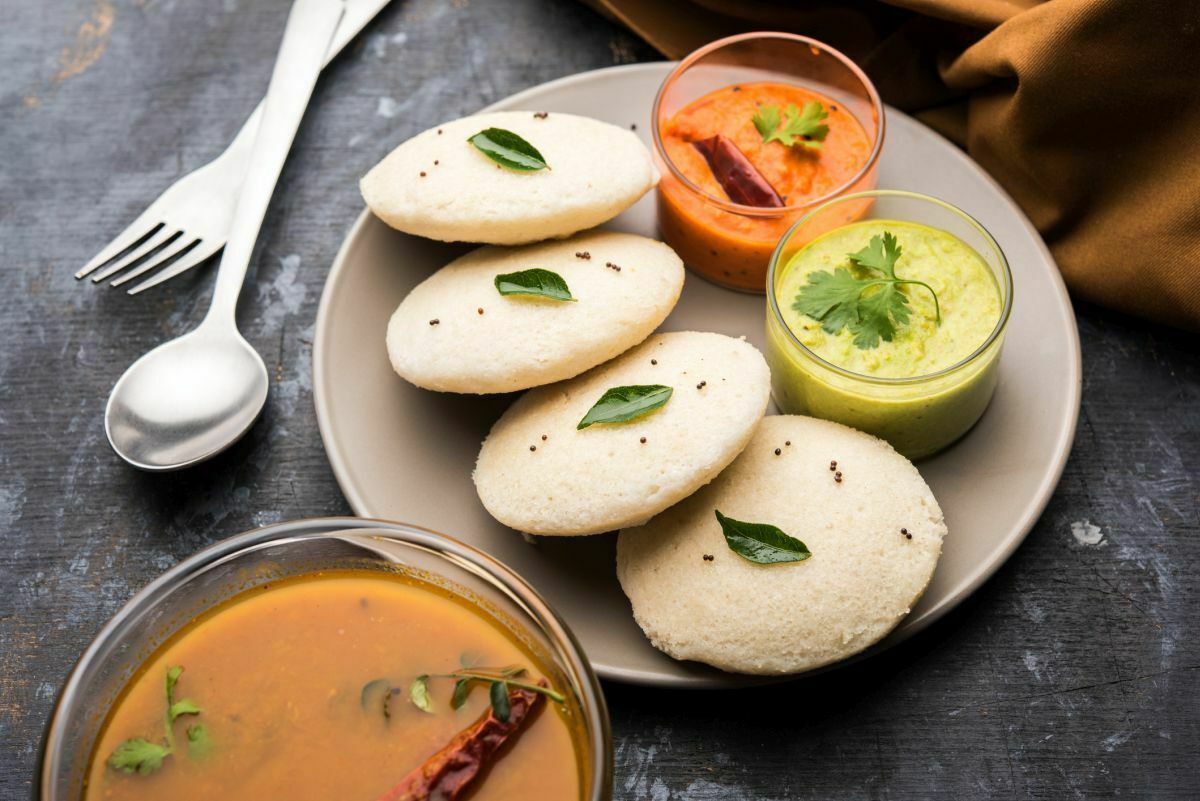Idli is one of the first-class dishes to come from the kitchens down South
The manner of making idlis is more nuanced than one might imagine
Adding soaked fenugreek seeds to your idli batter may also lead them to fluffier
Idli is hands down one of the great dishes to have come from the kitchens down South. You will unlikely discover an Indian turning away a plate of warm and soft idlis served with piping warm sambhar and chilled coconut chutney. The delicious rice cakes are one of the great culinary contributions to the world for their sheer simplicity. The primary substances of idlis also are the maximum-cherished foods of vegetarian Indians – rice and lentils or dal. Idli batter is an easy aggregate of soaked and floor rice and lentils. This is then steamed in a unique steamer and loved sparkling with sambhar and chutney. However, creating idli is more nuanced than one could believe.
Several small and big matters affect the idlis’s texture, fluffiness, and mouth experience. The satisfactory idlis are light and porous but not very crumbly and squidgy. Idlis are purported to be gentle not simply while heated and directly out of the steamer but also at room temperature. You can get the idli batter properly if you can attain this softness in your finished idlis. It would help if you got various factors right to bring this the best idli texture.
Indian Cooking Hacks: Foolproof Tips For Making Fluffy, Soft Idlis
1. Type of rice:
To get fluffy idlis, it’s better to use idli rice or parboiled rice, also referred to as USDA chawal. Use short or medium-grain rice for the batter if not to be had. Using lengthy-grain rice is typically no longer advocated if you want to get fluffy idlis that remain smooth even after a cold. Parboiled rice is available in pre-packaged shape but has a shorter shelf than ordinary rice. However, parboiled rice is easier to prepare dinner for and more nutritious.
Also, Read five Places In Chennai To Find The Perfect Plate Of Idli Sambar.

2. Type of dal:
For idlis, primarily, entire or split black gram is used. You may also need to apply a whole black gram or dhuli urad dal for idlis, which is more nutritious. Rice and dal are commonly utilized in the percentage of two:1 for idli batter (2 cups of rice for every cup of dal).
3. Soaking:
Some people soak the dal and the rice collectively; however, drinking the two one after the other may provide better outcomes. This is because rice and dal need extraordinary portions of water to show softness and fluff up. The dal commonly requires more water in line with the part.
4. Grinding:
The form of appliance you operate to grind the paste also makes a lot of distinction to idlis the texture of idlis. Ideally, one should use a wet grinder instead of a mixie or a food processor for preparing idli batter. The stones inside the moist hero can help you get a smoother, fluffier batter. Wet grinders won’t be that common. However, they are delightful for grinding dal and rice for idli batter.
Also Read: Udupi, Chettinad & More: How Many Types Of Idlis Have You Tried?
5. The Secret Ingredient:
Some people credit the edginess of the idli to a mystery aspect – soaked fenugreek seeds or methi dana. Drinking a few fenugreek seeds in water until they upward thrust may also considerably enhance your idli batter’s feel. However, not everybody may like the taste and flavor of fenugreek seeds, so you may further test by including it in a small portion of your batter and see which one you prefer – the batter with or without it.
Also Read: How Were Idli, Dosa, and Appam Invented? This Twitter User’s Funny Origin Stories Are Going Viral
Getting the idli batter proper may also take a few trials and errors and some attempts, but if you use the above pointers, you may get soft and fluffed up idlis each unmarried time. Feel unfastened to test with distinctive portions of rice, dal, and water to get the texture of idlis that you like the exceptional. Happy cooking!


